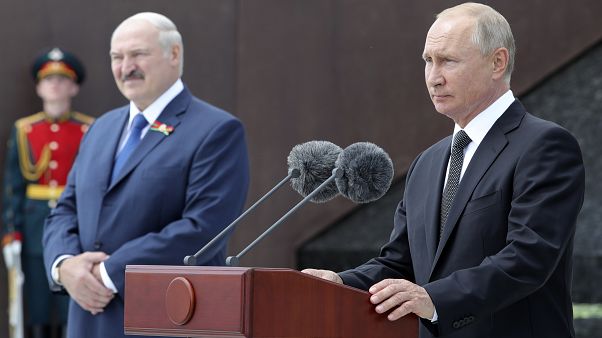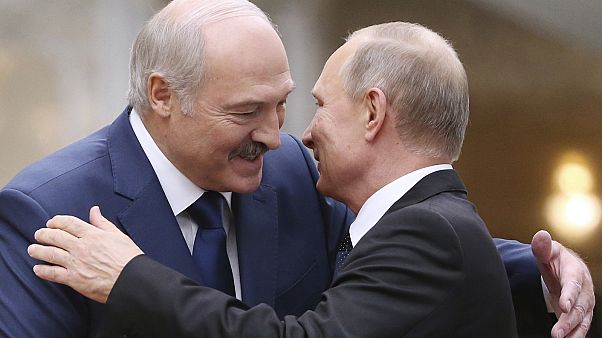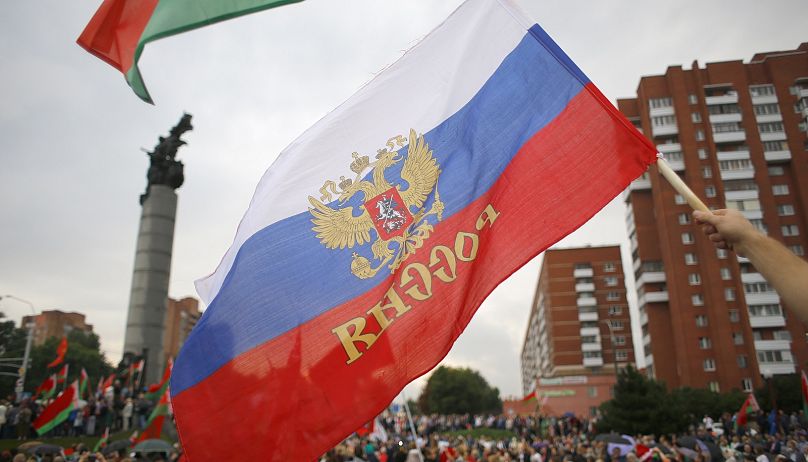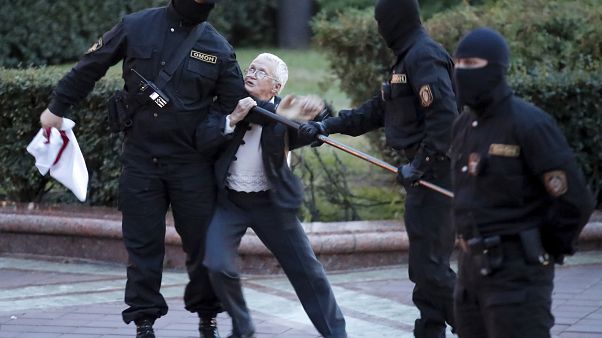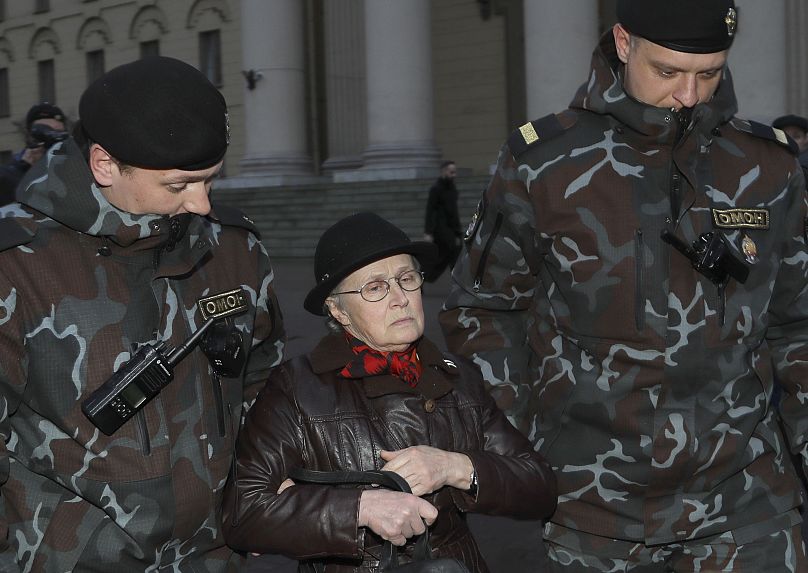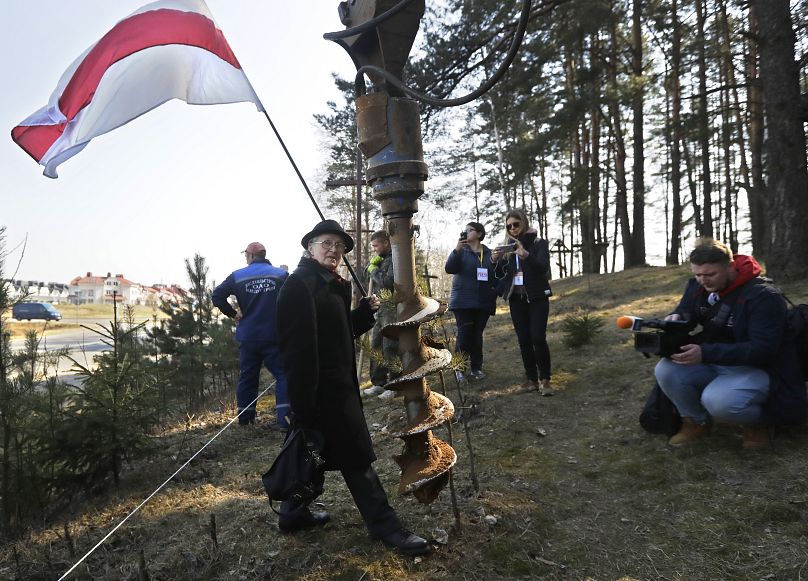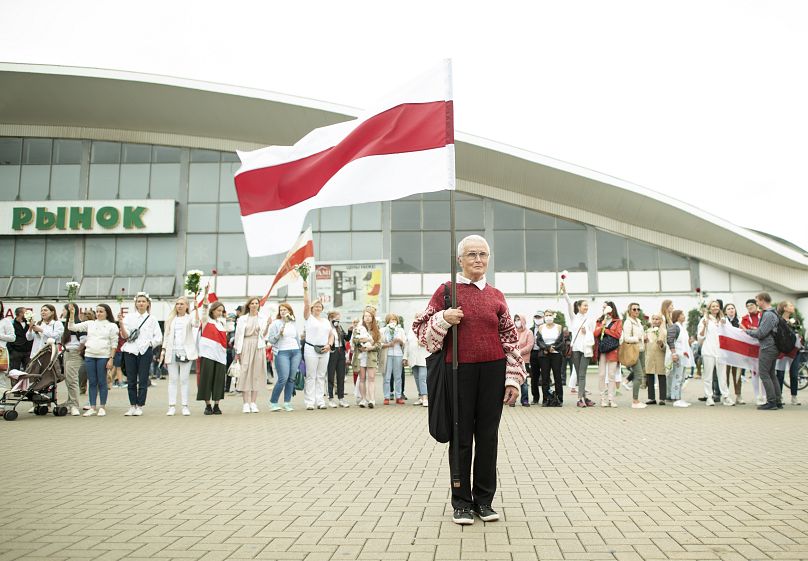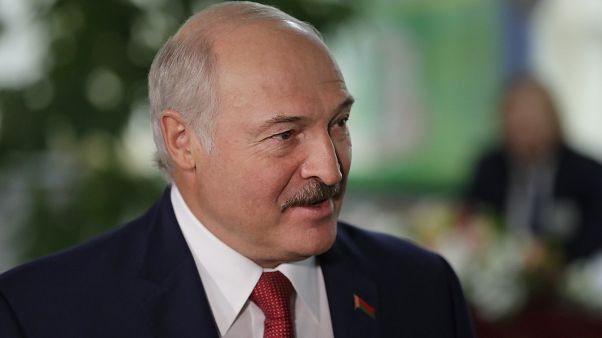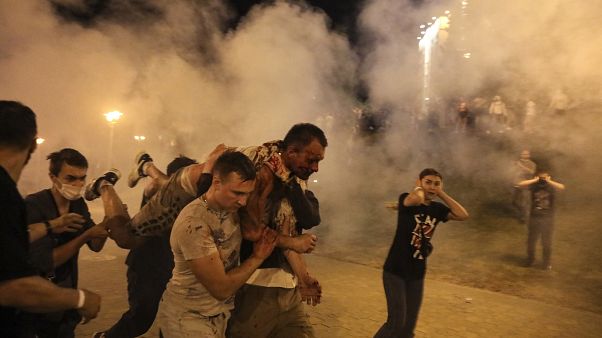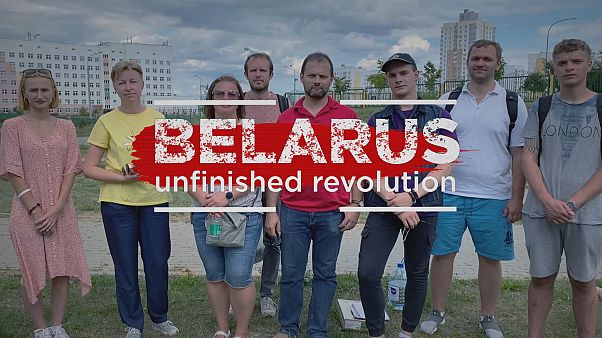Russian Community Organization and Its Allies Behind Vladimir Oblast Ban on Hijabs
Paul Goble
In another sign of the growing power of right-wing Russian nationalist groups like “the Russian Community,” “Northern Man,” and “Rokot-Center” in the wake of the Crocus City Hall terrorist action, officials in Vladimir Oblast have acceded to demands from these groups and banned the hijab.
They have done so, local journalists say, even though Muslims number only 50,000 out of a total population of 1.3 million and even though there have been no significant clashes involving them and the ethnic Russian majority
That the regional authorities felt they had to defer to the Russian nationalist groups shows how powerful they have become and how likely it is that many officials in the federal subjects view they as enjoying the favor of the Kremlin. And that in turn means that regional governments may take the same view and the same step despite the absence of problems.
On the growing power of the Russian Community and other groups like it, see
windowoneurasia2.blogspot.com/2024/10/extremist-russian-community-now-active.html,
windowoneurasia2.blogspot.com/2024/10/another-black-hundreds-group-revived-in.html,
LA REVUE GAUCHE - Left Comment: Search results for hijab babushka



